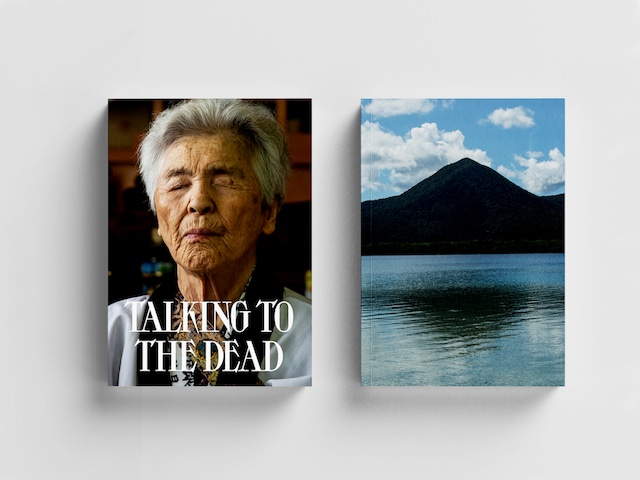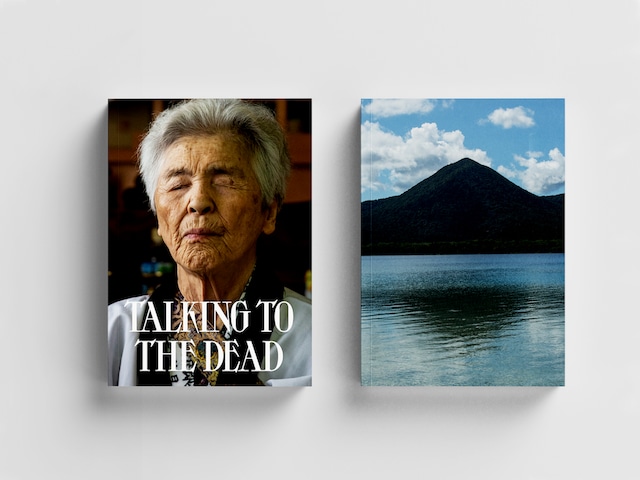『TEBAJIMA』 ※Book description in English (set of 4 books)
¥30,800
なら 手数料無料の 翌月払いでOK
Teba is the name of a small island in the southern part of Tokushima Prefecture; Tokushima is in the northern part of Shikoku Island, the smallest of the four main islands of Japan. Teba island is approximately 4 km in perimeter. It is oval-shaped, much like an elephantine beetle. It is sparsely inhabited; the small houses are mostly clustered around the fishing port on the northern part of the island.
There are no cars on this island because there are no roads wide enough for them. (There is one vacuum truck to collect human waste.) Instead, residents people use small hand carts. It is a common sight to see islanders pushing hand carts with goods they bought in the mainland port of Mugi, after traversing the distance by ferry.
The village has a unique townscape.
There are narrow alleys called Awae, that traverse the village surrounding the port. Old traditional wooden houses built during the late Edo period and early Showa period line either side of the alleys. The houses have an architectural style unique to this area, including open eaves (dobisashi), foldable shutters (mise), latticed bay windows, and an earthen floor leading to the kitchen from the entrance.
The foldable shutters are divided in two; when the upper part is raised it becomes an eave, and when the lower side is lowered, it becomes a porch facing the garden. One can imagine the residents sitting on the porch while cleaning their fishing gear, or engaged in small talk with their neighbors. This must have been a daily scene of village life.
This unique townscape, formed from the late Edo, Meiji, and Taisho periods, has been selected as a Judenken (an Important Preservation District for Groups of Traditional Buildings).
Although Teba island has such unique history and culture, it is now slowly dying.
The number of residents has fallen to less than 50 because of population aging. Most of them are more than 70 years old. The mainstay of the island, the fishing industry, has experienced a a sharp drop in catches due to factors such as the rise in sea temperature. Many of the new residents who moved to the island seeking the charm of island life have left.
Many houses in the village designated as Judenken are now empty. Those abandoned by the owners are on the verge of collapse. There are no shops left, only two vending machines.
Although the islanders and the local community association have struggled to preserve the island for the past 20 years, those who were in their 50’s and 60’s then are now in their 70’s and 80’s and thus unable to do the physical work necessary to maintain the island.
As Japan faces serious population decline, most of the villages in the mountains and islands in remote areas of the country seem destined to disappear. The village on Teba island is called a “Genkai Shuraku”, a marginal hamlet. But even this remote hamlet has a story to tell; the lives of its inhabitants and their struggle to remain.
To capture this moment in time, Kawazu Kikaku launched this project. We sent an internationally renowned photographer, Mr. Hajime Kimura, to live on Teba island for one-month, from September 15th until October 17th 2022, as a sort of artist-in-residence. During that time, while he took photos we interviewed people, and witnessed their lives. Our aim is to record the lives and voices of people on Teba island.
The photos and text in this photobook project the daily lives of the people of Teba island. But if you consider that most of the history one reads is the accumulation of ordinary lives, then we believe it is worth keeping a record of their histories. That is why we pursued this project.
This photobook provides a snapshot of communities such as the one on Teba island that are slowly disappearing throughout Japan. Their past and present needs to be recorded before it is too late. We would be pleased if our photobook helps you to reflect on this disappearing marginal hamlet, and its bleak future.
Number of pages: 300 pages
Size: 230 x 170 x 22 mm
Edition: 1000
Offset printing: Super Black
Silver “Kagayaki”
Cover: White-embossed
Languages: Japanese and English
Year: July 2024
Publisher: Kawazu Kikaku
Photography: Hajime Kimura
Editor: Tadashi Shinohara (Kawazu Kikaku)
Design: Sho Momma (TRAP STUDIOS)
Translation: Yuko Takeuchi/ Jose Clavijo
Printing and Binding: Marujo Planning Co.Ltd.
ISBN: 978-4-9911915-2-7
*For more than 5 books, please contact us at the following e-mail address, as the shipping cost will vary depending on the number of books. A 10% discount will be offered on books 6 through 10, and a 20% discount on books 10 or more.
([email protected])
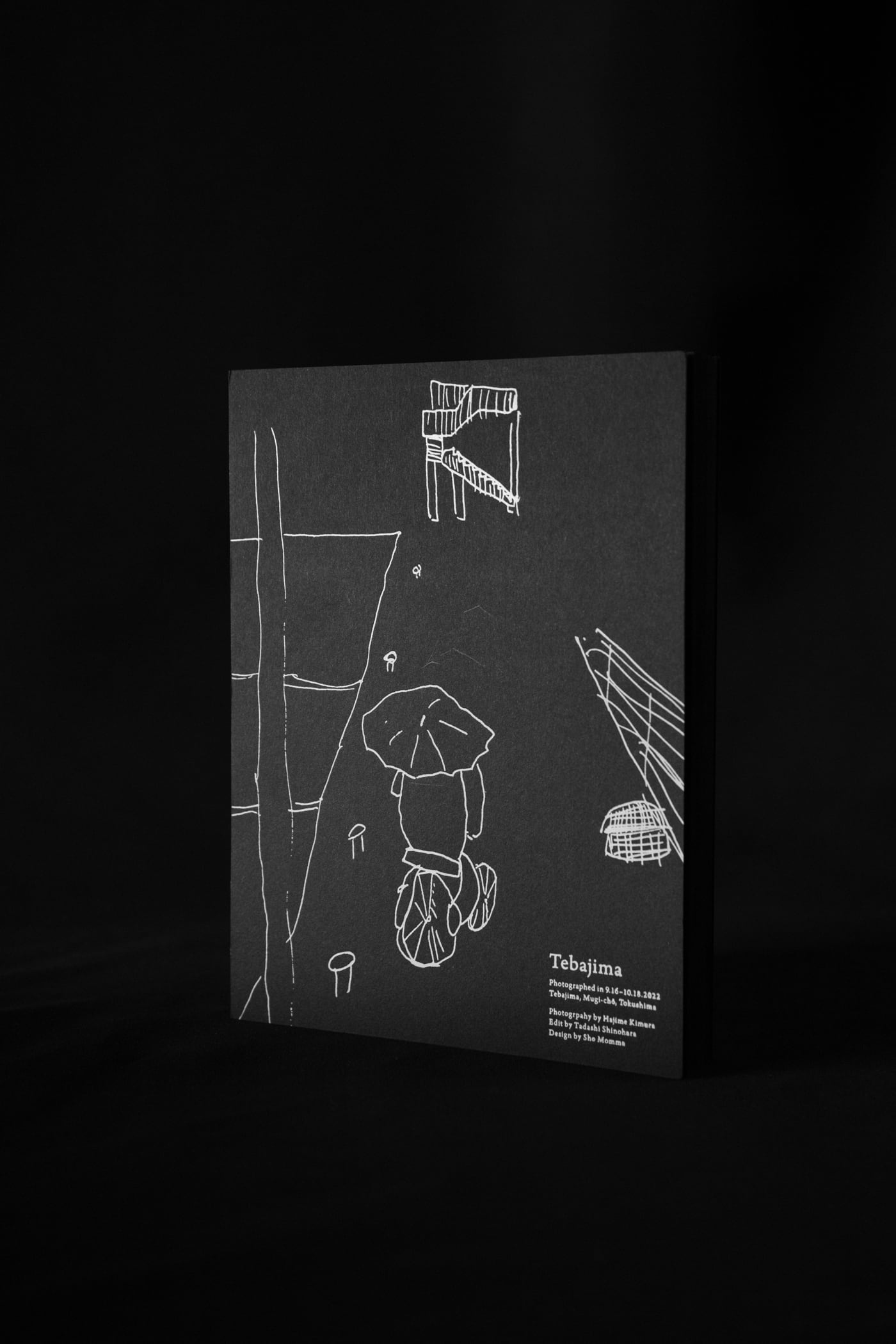











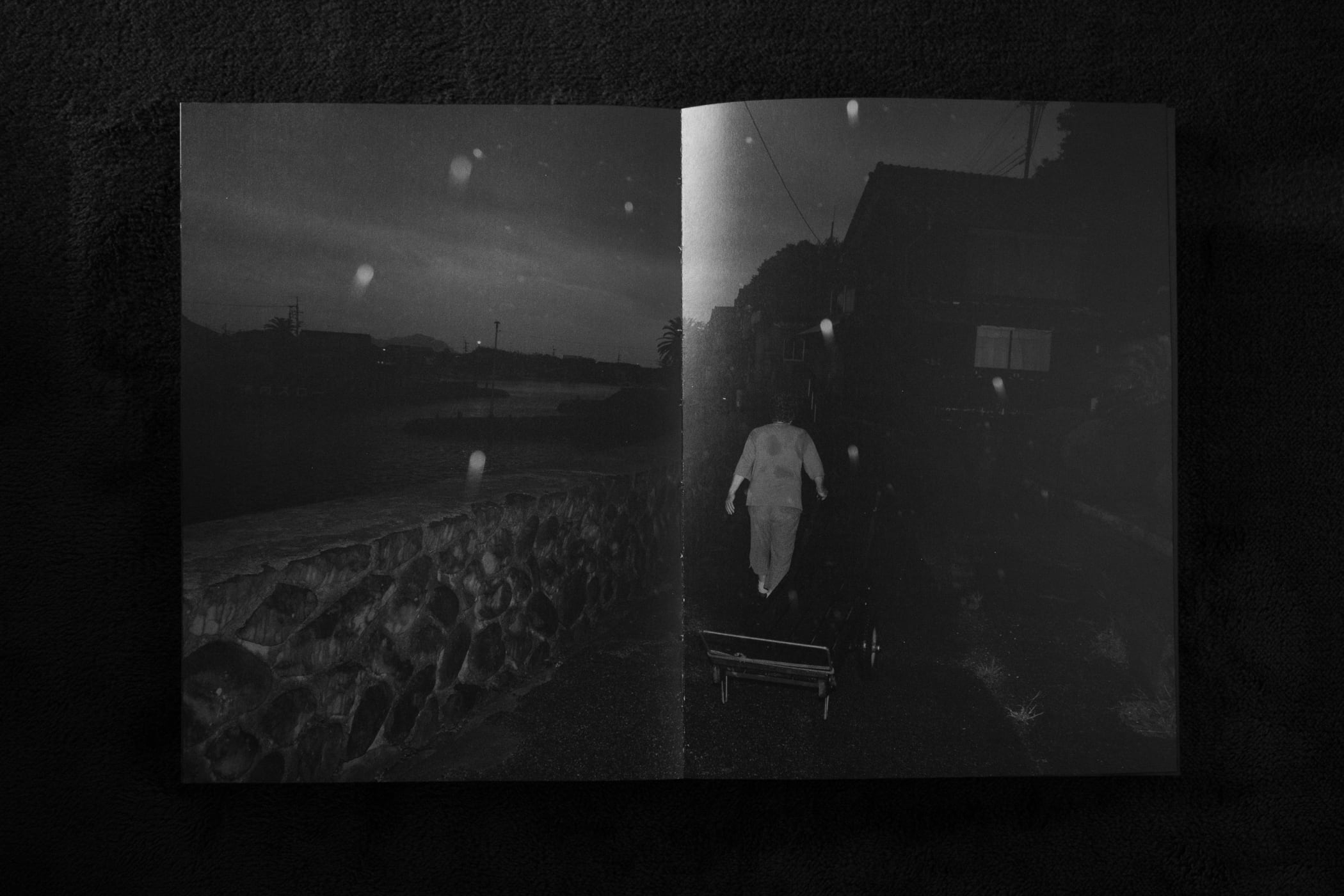



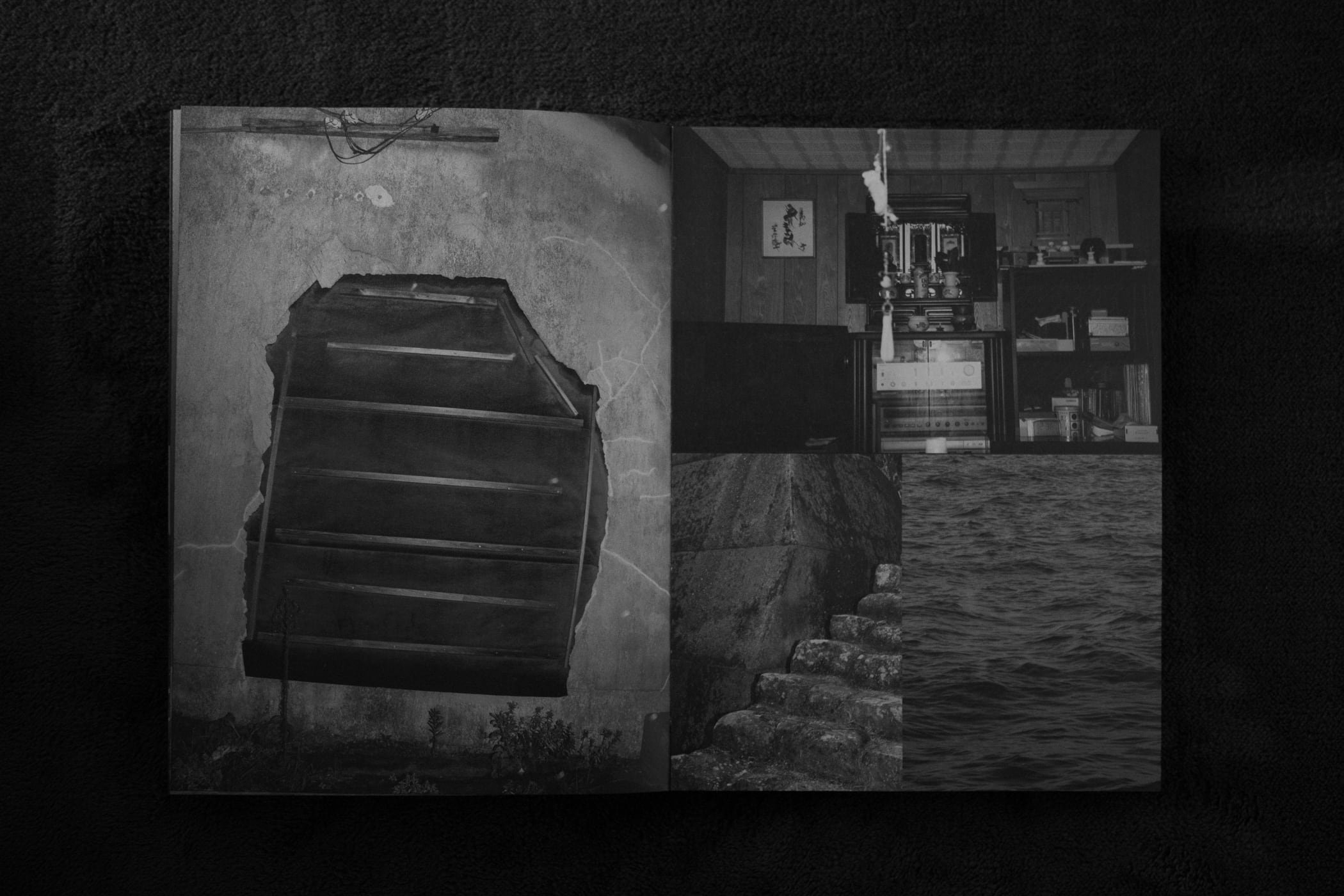























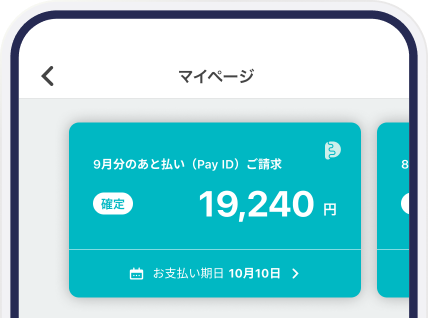
 とは?
とは? 